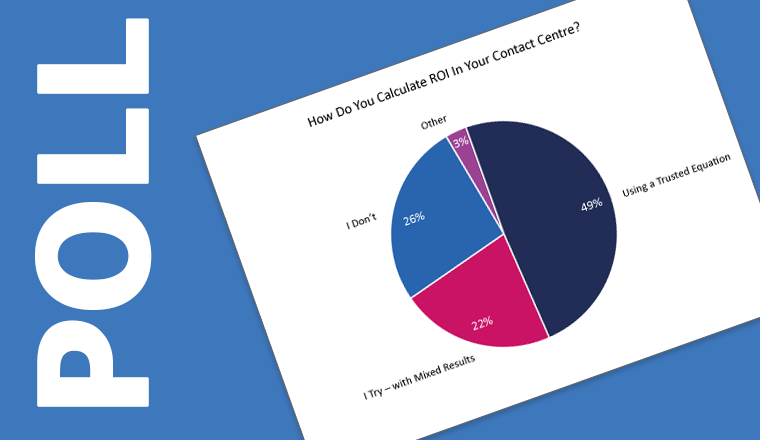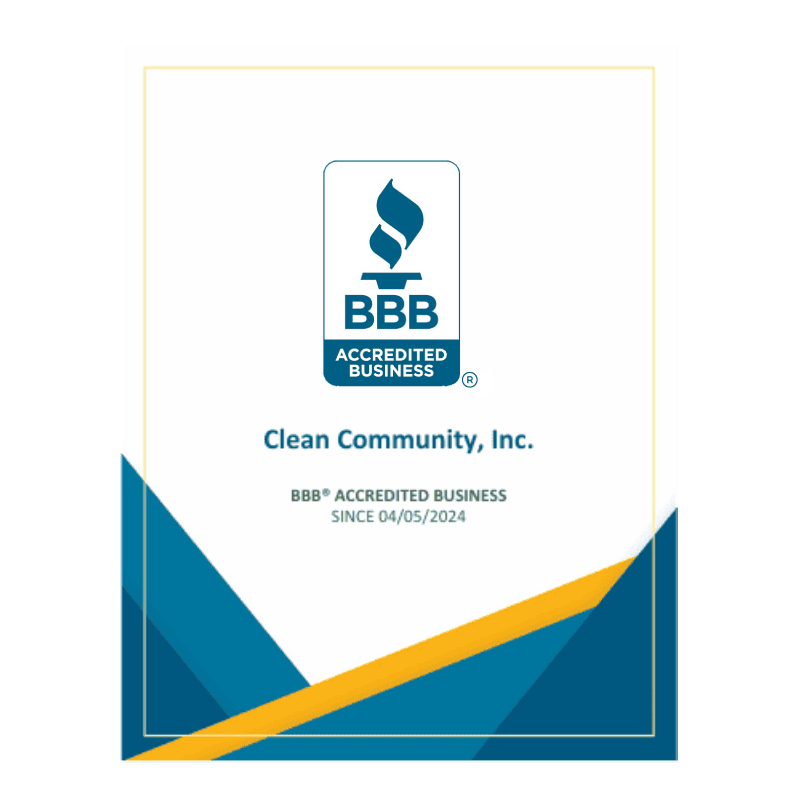
Define Key Parameters
Define Key Parameters
Before automating a process, it’s crucial to establish the key parameters that will influence efficiency and cost-effectiveness. This includes understanding workflow complexity, volume, resource requirements, and potential risks. Setting clear parameters ensures a more accurate assessment of automation potential.
Identify the Process
Identify the Process
Not all processes are ideal for automation. Identify repetitive, time-consuming, and error-prone tasks that can be optimized through technology. Focus on workflows that offer the highest return on automation investment, ensuring maximum impact on productivity and efficiency.


Assess Automation Benefits
Assess Automation Benefits
Evaluate the potential benefits of automation, such as reduced labor costs, increased accuracy, faster processing times, and improved compliance. By quantifying these advantages, you can determine whether automation aligns with business objectives and operational goals.
Analyze Current State
Analyze Current State
Understand the current state of your processes by analyzing existing workflows, identifying bottlenecks, and assessing performance metrics. A thorough analysis helps in benchmarking improvements and setting realistic automation targets.


Calculate ROI
Calculate ROI
Use the gathered data and estimated benefits to calculate the ROI of automation. This involves comparing the costs of implementing and maintaining the automation solution against the projected benefits and savings over a specific period of time.
Make Informed Decisions
Make Informed Decisions
Use the results from the automation calculator make informed decisions regarding the feasibility and priority of implementing automation. It can help determine whether the expected benefits outweigh the costs and justify the investment.






